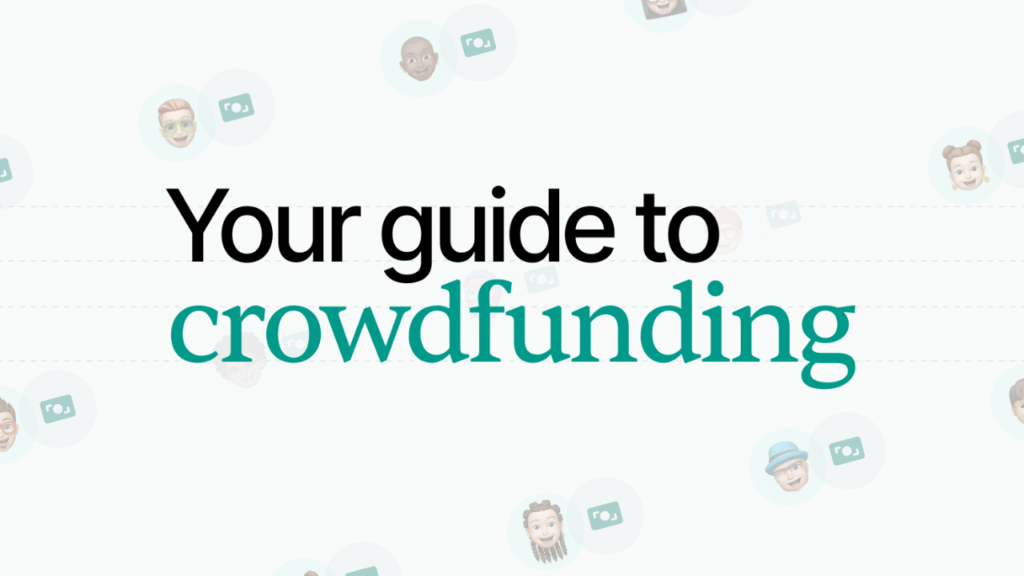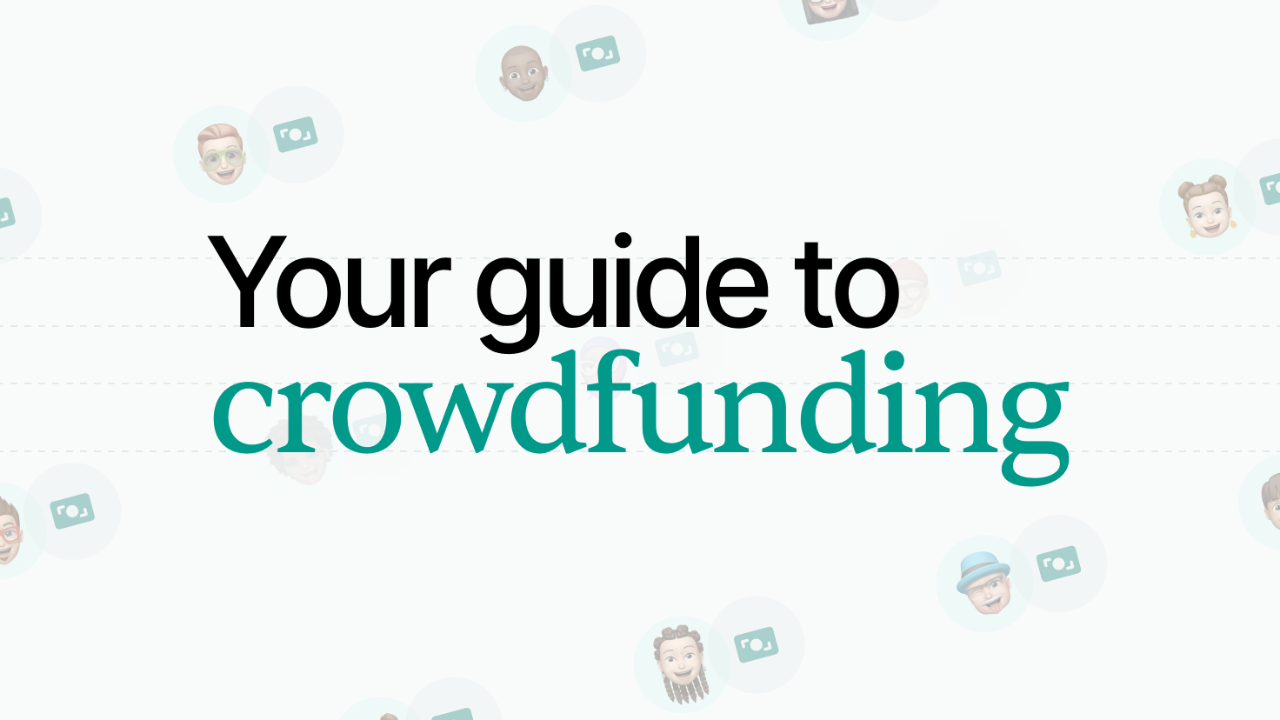
Crowdfunding has revolutionized how small-scale community projects get off the ground. Whether it’s building a local library, starting a community garden, renovating a playground, or launching a neighborhood art initiative, crowdfunding offers a powerful, democratic way to bring people together to financially support what matters most to them.
This article outlines actionable strategies to help local organizers, grassroots groups, and community leaders run effective crowdfunding campaigns. From pre-launch planning to platform selection, storytelling, rewards, and promotion—here’s how to turn your idea into a fully-funded reality.
Overview Table: Key Crowdfunding Strategies for Community Projects
| Strategy Area | Details |
|---|---|
| Pre-launch Planning | Define goals, identify audience, and set realistic budgets |
| Storytelling | Use emotion, visuals, and authenticity to drive support |
| Platform Selection | Choose the right crowdfunding site based on project type and fees |
| Reward Tiers | Offer value-based incentives for backers |
| Promotion & Outreach | Engage through social media, local media, and offline networks |
| Follow-Up & Updates | Maintain engagement with donors even after funding ends |
1. Pre-Launch Planning is Half the Battle
Successful crowdfunding doesn’t start with a “launch” button—it begins weeks earlier with thorough preparation.
Steps to Prepare:
- Define a clear, achievable funding goal (preferably between $2,000–$25,000 for small projects).
- Calculate the actual costs, including platform fees (typically 5-8%), material, and production expenses.
- Identify your core supporters: friends, local residents, schools, small businesses, and local influencers.
- Draft a calendar for campaign milestones, including launch date, mid-campaign push, and final countdown.
Tip:
Build early momentum by securing “seed” pledges from close contacts before the public launch.
2. Craft a Story that Inspires Action
People fund stories, not just projects. A compelling narrative creates emotional connection and urgency.
How to Tell a Winning Story:
- Focus on the problem, your solution, and the impact if it’s funded.
- Keep your language clear and local. Use real names, faces, and community voices.
- Create a short video (1–2 minutes) showing the need, your plan, and how donors help.
- Include visuals: photos of your neighborhood, renderings of the project, testimonials, and maps.
Example:
“Help Us Build a Free Learning Center for Girls in Ward 5 – Your ₹500 Can Fund a Book.”
3. Choose the Right Crowdfunding Platform
Not all platforms serve the same audience or mission. Selecting the correct one increases visibility and trust.
| Platform | Best For | Key Notes |
|---|---|---|
| Kickstarter | Creative/design projects | All-or-nothing model |
| GoFundMe | Personal/community causes | Flexible funding; strong in emergencies |
| Ketto (India) | Health, social, and community campaigns | Low barriers; local payment options |
| Indiegogo | Tech, education, small innovations | Flexible or fixed funding; global reach |
| Milaap | Rural, education, women empowerment in India | Popular for grassroots and NGO-led efforts |
Choose a platform where your audience already donates and trust is high.
4. Offer Meaningful Reward Tiers
Even though many community donors give altruistically, reward tiers can boost conversion and loyalty.
Ideas for Reward Tiers:
- ₹100–₹500: Name listed on social media thank-you wall.
- ₹1,000–₹2,000: Handwritten thank-you card or community badge.
- ₹5,000+: Exclusive invite to project opening event.
- ₹10,000+: Sponsor name on a plaque, mural, or bench.
Offer creative, low-cost rewards that tie back into the project’s mission.
5. Promote Creatively and Consistently
You can have the best campaign in the world, but without promotion—it goes nowhere. Outreach should mix digital and physical efforts.
Top Promotion Channels:
- Social media: Instagram, WhatsApp groups, Facebook, Twitter—post daily updates.
- Email newsletters: Use tools like Mailchimp to stay in touch.
- Press & blogs: Local newspapers, online neighborhood forums, or radio.
- Flyers & posters: Post around schools, cafes, clinics, and bus stops.
- Community events: Host a launch meet-up, awareness walk, or open mic night.
Use hashtags, countdown timers, and peer-sharing to build urgency.
6. Keep the Community Engaged Post-Campaign
Engagement doesn’t end after the funds come in. Keep supporters invested in your journey.
Engagement Ideas:
- Share behind-the-scenes updates during the implementation.
- Invite donors to project milestones—groundbreaking, installation, or ribbon cutting.
- Publish a financial breakdown and thank-you post.
- Collect stories from beneficiaries and share impact videos.
Building long-term trust sets the stage for future campaigns.
Example Timeline: 30-Day Crowdfunding Campaign
| Week | Main Focus |
|---|---|
| Pre-launch | Prep materials, outreach to early backers |
| Week 1 | Public launch + strong push from personal network |
| Week 2 | Press, local events, social media challenges |
| Week 3 | Mid-campaign boost with a story or reward update |
| Week 4 | Final 72-hour countdown, urgent calls to action |
| Post-campaign | Thank donors, deliver rewards, document impact |
3 Best One-Line FAQs
1. What is the best way to promote a local community crowdfunding campaign?
Combine social media, local outreach, and personal networks for maximum reach and engagement.
2. How much should I aim to raise in a small community project?
Start with a realistic goal—typically between ₹50,000–₹20,00,000 depending on scope and local support.
3. Do I need a reward system to crowdfund a social project?
No, but offering simple, meaningful rewards often improves engagement and donation size.
Conclusion
Crowdfunding allows communities to take charge of their own development. With a clear story, strong outreach, and the right platform, small-scale projects can rally support and bring tangible change. It’s not about having a million followers—it’s about activating those who care. Plan well, stay consistent, and your community dream can turn into a reality, one donor at a time.

